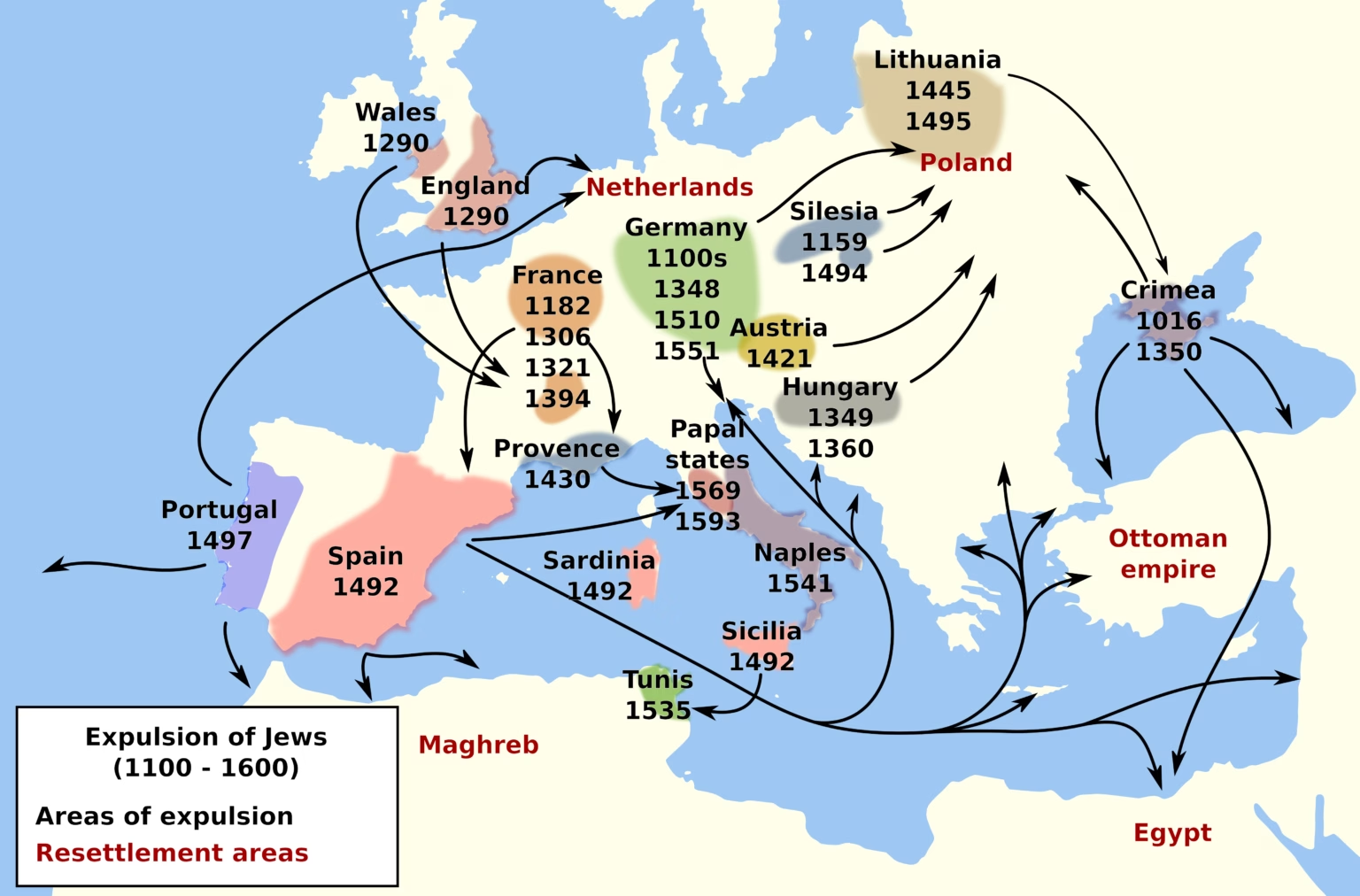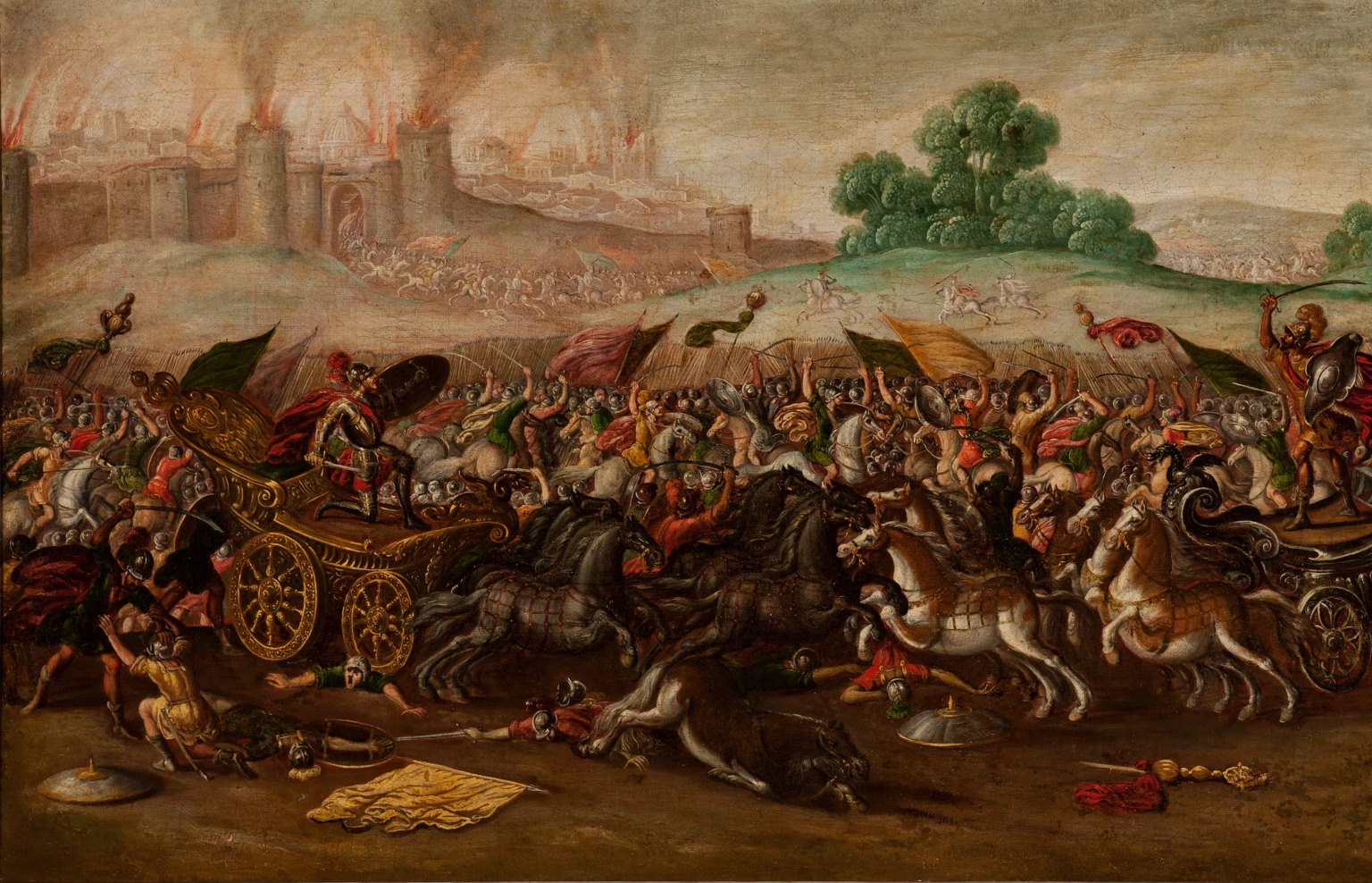History of the Temple Site
King David made Jerusalem the capital city of Israel about 3,000 years ago and ruled for 33 years from the city. His son, King Solomon, then built the temple that was at the center of Israel’s devotional life for about 500 years.
In the second half of the 19th century, Jerusalem had only about 20,000 inhabitants and was an insignificant and abandoned city in the Muslim Ottoman Empire. Photo: Rawpixel
The Babylonians destroyed Solomon’s temple in 586 BC. Later, after 70 years in exile, a second temple was built under the leadership of Zerubbabel, Ezra and Nehemiah. This Second Temple was close to being destroyed by Alexander the Great in 331 BC but was still standing in 169 BC. when the Greek ruler Antiochus IV sacked the temple and erected the Altar of Zeus in its place. The Maccabean Uprising led to the rededication of the temple in 164 BC which Jews have commemorated for over 2000 years at the dedication festival, Hanukkah.
The temple was then extended by King Herod shortly before the beginning of our era, only to be completely destroyed by the Roman Empire in AD 70. The Roman Emperor Hadrian then had a shrine to Jupiter built on the temple site after crushing the Jewish uprising led by Simon bar Kokhba in 135 AD.
Hadrian forbade Jews to live in Jerusalem and to humiliate them he changed the name of the Jewish areas to “Syria Palaestina” in reference to Israel’s historical enemies the Philistines.
Since then, Byzantines, Arabs, Crusaders, Mamluks, Ottomans and British have all occupied Jerusalem. For long periods, Jews were forbidden to visit Jerusalem and its environs but during the centuries while a number of empires in turn dominated the area, Jerusalem remained an inconspicuous city that never became the capital of any country other than Israel.
Next year in Jerusalem
Despite entry bans, deportations and massacres from the empires that dominated the area, there was always a Jewish presence in the region. Moreover, many of the Jews living in the Dispersion, kept the dream of returning to Israel alive for centuries. Several times a year Jews in the Diaspora (Dispersion) prayed the classic prayer: “Next year in Jerusalem.”
The city of Jerusalem is mentioned hundreds of times in the Bible, but not once in the Koran. The verse that traditionally links Islam to the city is Sura 17:1 which describe how Muḥammad is taken from “the holy mosque” to “al aqsa mosque” (the distant mosque). Since this was written several decades before there was a mosque on the temple site (Islam did not come to Jerusalem until several years after Muhammad’s death in 632 AD), it cannot be about the mosque in Jerusalem.
After Muhammad’s death, Jerusalem was captured, and Omar built a wooden mosque at the temple site. The Muslim Dome of the Rock, which was erected on the Temple Mount between the years 687 and 691 (in its current form from the 16th century), is today considered to stand, in principle, on the spot where Jerusalem’s temple once stood. In addition, the Al-Aqsa Mosque is located next to this current building from the year 1035.
Jews were barred
In the second half of the 19th century, Jerusalem had only about 20,000 inhabitants and was an insignificant and abandoned city in the Muslim Ottoman Empire.
When Jordan occupied East Jerusalem and the Temple Mount between the years 1948 and 1967, Jews were barred from the Old City and denied access to the Western Wall. The Jewish Quarters were destroyed, and 58 synagogues were demolished or desecrated.
After the end of the Six Day War in 1967, for the first time in two thousand years, Israel regained control over the place where Solomon’s Temple was built about 3,000 years ago – 1,500 years before Muhammad was even born.
On July 30, 1980, the Knesset officially approved the Jerusalem Law, which describes
Jerusalem as the complete and united capital.


